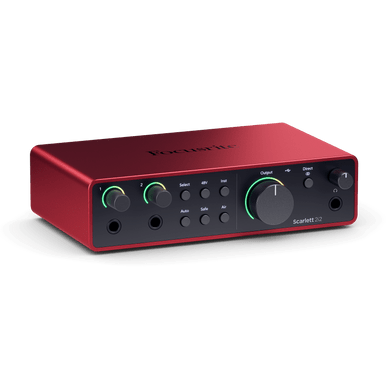But is what DART does considered serious stuff from perspective of measurements perspective and calculations based on them?
Or did you mean it I was building and setting up DIY speakers I would more serious stuff than UMIKs?
No. I wouldn't consider it to be a system requiring absolute measurement perfection.
Yes, when you are measuring speakers, often you will have a loopback measurement out of your DAC, and back into a spare mic input on your ADC. This allows the software to cancel out the interface's frequency and time response, from your measurement, as well as providing a consistent timing reference which can be important for gated measurements.
One other use for these super consistent mics is for compliance purposes. Some concert venues or jurisdictions have SPL limits, and you can be fined for exceeding them. And other places may have requirements for SPL monitoring. This is when you want a calibrated reference mic. You can then use it to calibrate your cheap mics on the go, and use the cheap mics to tune a PA, or for your compliance needs. The key here is that that calibrated reference mic has a traceable (reputable) calibration, and is specified to hold said calibration reliably over a period of time. So basically, if you get in trouble, you have the documents to prove that you are right.
For home theater room correction, you don't really need that. You aren't measuring at 120+db, and you don't need to be able to prove to a court that your mic is good.
I just realized that some years ago I bought a 2nd hand Audient ID4 (mk1) so I already have a decent interface (I think it goes close to flat to 10hz).
I could pair it with one of the following mics:
- CSL Dayton EMM-6 (I think it is calibrated to 5hz) at which would come to about 160 USD delivered to EU
- Isemcon EMX-7150 (which is 381 USD delivered) (calibrated to 10hz)
- Earthworks M23R (which is 777 USD delivered) (calibrated to 6hz?)
Would Audient ID4 MK1 be good enough for the purpose of both DART and Subs config with manual PEQ / REW / MSO / DART / DLBC with one of these mics?
Would these interfaces and any of the 3 mics be free from the time drift problem?
Does anybody have experience with something like Isemcon EMX-7150? If so how does it compare to Earthworks M23r? Would it provide more repeatable and dependable measurements under 20hz (vs CSL UMIK-1, CSL EMM-6)? Is it a true middle ground option or is it on the level of M23R or maybe more of CSL EMM-6? Would it be as durable and lasting and not drifting over time as M23R (I read that M23R readings do not really change over 10yr of usage).
As I already have the decent enough, I would hope, interface for few extra quid I could get a mic for it and at least get rid of time drift problem of UMIK-1.
It is just that shipping dealer's Earthworks back and forth will cost me 1/3rd of the CSL EMM-6 mic, and I might want to repeat the measurements sooner or later (which would be another 1/3 of the price), maybe new DIRAC software version might require to remeasure. But then I am not a fan of going with cheapest options either, especially for a tool which might be still handy and used 10yrs down the line. That is why I wonder if it makes sense to spend more on EMX 7150 or even M23r and be done with it.
Any XLR mic with an interface that doesn't have any weird driver issues could possibly be free from this supposed "time drift" problem. But, given your use case, any "time drift" in a USB mic is not going to be a factor. And even then, the interface also works over USB, so it
will have latency. The measurement software should correct for this latency by itself, for both a USB mic and an XLR mic + interface.
The CSL calibrated EMM-6 will be a solid mic for probably a few months and maybe up to a year. After that, the mic itself will probably drift out of calibration. You would then probably want to have it calibrated again, in order to have reliable accuracy. But then again, you already have a UMIK-1, so I wouldn't waste my money on the EMM-6 as it is probably an inferior quality microphone. -- Not to mention that after shipping it back to you, the EMM-6 probably won't be in calibration anymore... (It just isn't that good of a mic)
I can't really comment on the other two mics, but what I will say is that I wouldn't trust the EMM-6 to hold its calibration or to be accurate down to 5hz. It just isn't a high quality microphone. The Earthworks mic will probably hold its calibration very well, as Earthworks makes high quality mics.
If you are really concerned about measurement accuracy, then your best bet is to get something that can be calibrated as a complete system like the UMIK-1 or UMIK-2, and have it calibrated on a semi-regular basis by a reputable organization. Either that, or get a high quality analog mic and interface, and still get it calibrated regularly.
Now what most people probably do is buy something like the UMIK 1 or 2, maybe get it 3rd party calibrated once, and then just use it. For Dirac measurements, a UMIK-1 will suffice, unless Dirac says otherwise. You could ensure accuracy by simply getting the UMIK calibrated, and if you want a UMIK 2 then go ahead. The simple truth of the matter is that either of the two UMIKs are good enough for what you are doing. You don't need the super consistent and accurate performance of those other mics, in your use case.

 focusrite.com
focusrite.com


